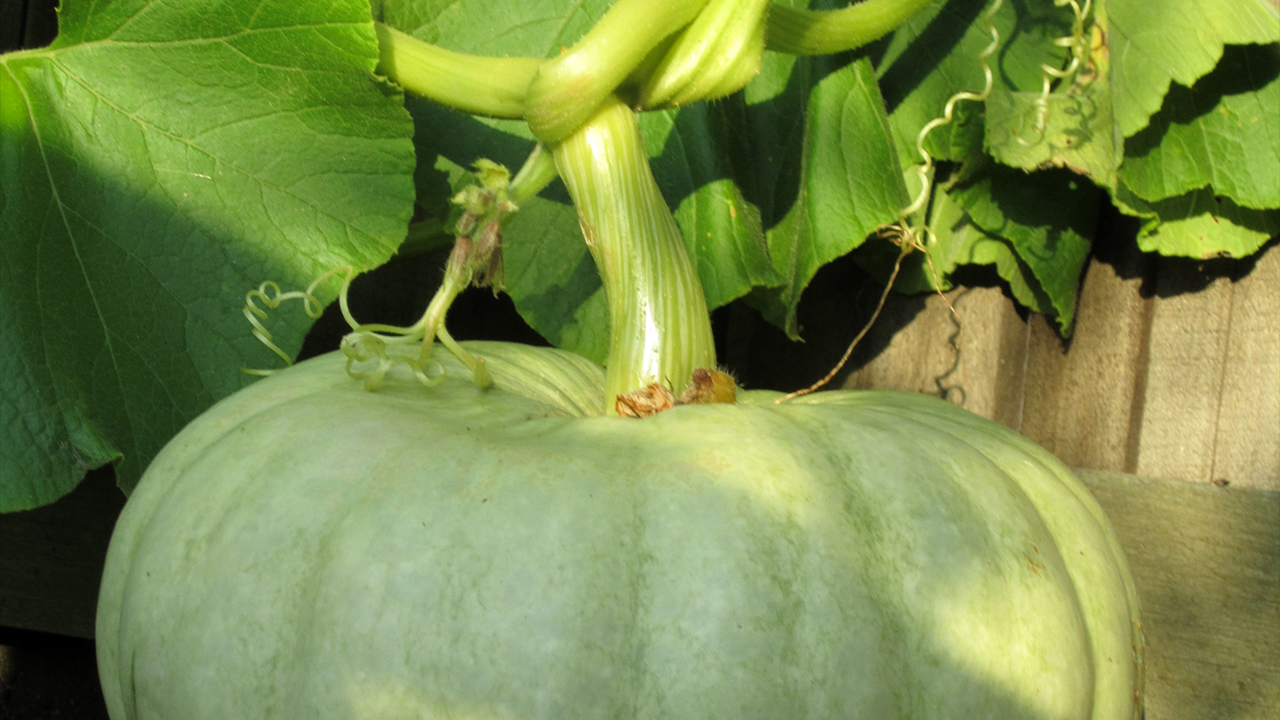Plant pumpkins in spring, not fall! Explore unique varieties like Lady Godiva and Blue Jarrahdale for tasty seeds and vibrant garden appeal.
As the crisp air of autumn settles in and pumpkins begin to make their seasonal appearance in markets and on doorsteps, many people naturally associate this time with planting seeds.
However, the instinct to plant during pumpkin season is a common misconception.
Fall is the time to harvest pumpkins, but planting them should actually wait until spring. Pumpkins are warm-season crops that thrive in sunny conditions and well-drained soil.
Planting pumpkin seeds during autumn will not yield the anticipated results, as the seeds require warmer soil temperatures to germinate and establish healthy growth.
Waiting until after the last frost in the spring is ideal, as this gives pumpkin plants the opportunity to soak up the necessary warmth and sunlight to flourish throughout the summer.
While carving pumpkins and large orange varieties dominate the fall festivities, there are some lesser-known and unusual varieties worth exploring.
One such variety is the Lady Godiva pumpkin, which stands out due to its hull-less seeds.
Unlike most pumpkins that have seeds enclosed in a tough outer shell, Lady Godiva pumpkins produce seeds that are completely edible without the need for shelling.
These seeds are popular for snacking and are often roasted or used in baking.
The flesh of Lady Godiva pumpkins, however, is less sweet and not typically used for cooking.
Another intriguing variety is the Blue Jarrahdale pumpkin, a deep blue-gray pumpkin that hails from Australia.
It boasts a smooth, dense flesh that is excellent for pies and soups, providing a subtly sweet and nutty flavor.
There’s also the Kakai pumpkin, another hull-less seed variety known for its vibrant orange and green-striped skin, which adds a striking visual appeal to gardens.
For those who are looking to grow something beyond the standard pumpkins, exploring these unique varieties can bring both culinary and decorative satisfaction.
But it’s essential to remember that the seeds for these pumpkins should be carefully stored and held until the warmth of spring arrives.
Planting at the right time and choosing interesting varieties can turn a simple gardening endeavor into a journey of discovery and harvest rewards.
Discover Beautiful Flowers, Expert Gardening Tips & Interesting Plant Science!
By submitting this form, you are consenting to receive marketing emails from: . You can revoke your consent to receive emails at any time by using the SafeUnsubscribe® link, found at the bottom of every email. Emails are serviced by Constant Contact

About The Author
John Bagnasco has been in the gardening industry for over 50 years, starting with a horticulture degree from Michigan State University and following a stint at Frank’s Nursery and Crafts in Detroit.
After publishing his first book “Plants for the Home Vol. I” in 1976, he moved to California to become regional manager and buyer for the Nurseryland division of Sunbelt Nursery Group.
He then became the head buyer for Armstrong Garden Centers based in Glendora, California. John had a part-time affiliation with Creative Promotions for ten years before joining them full-time in October 2000 as a senior editor and radio personality for Garden Compass.
John has also taught horticulture classes at Palomar College and San Diego State University.
He is the host of the DVD “The Essential Guide to Roses,” which also features Bryan Main and Bruce and Sharon Asakawa.
His most recent book is “Planting Designs for Cacti and Succulents”.
Currently, John is a co-host on “Garden America,” an interactive live gardening show that additionally provides podcasts of the broadcasts accessible on all major platforms.
You can contact John here.

